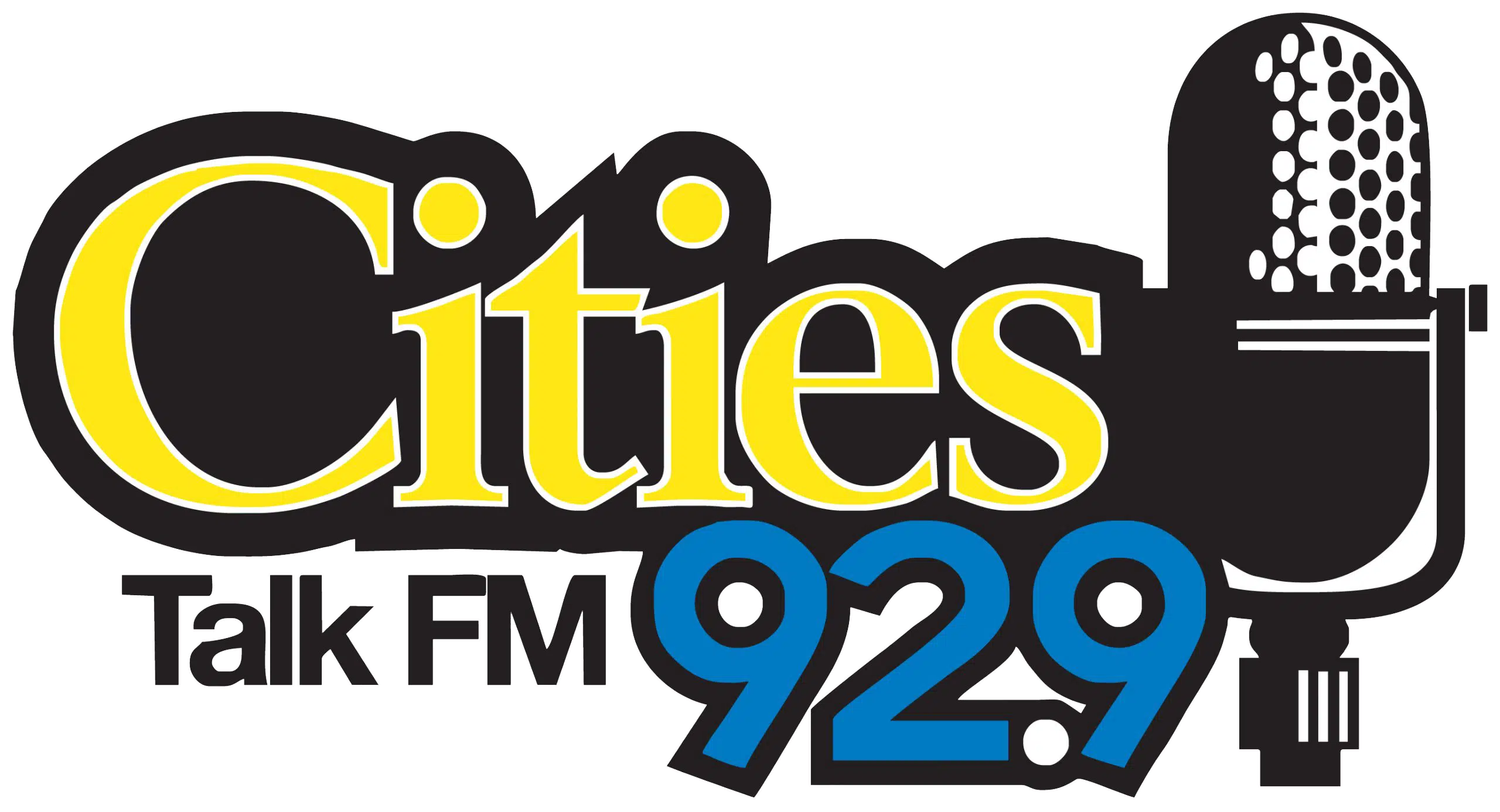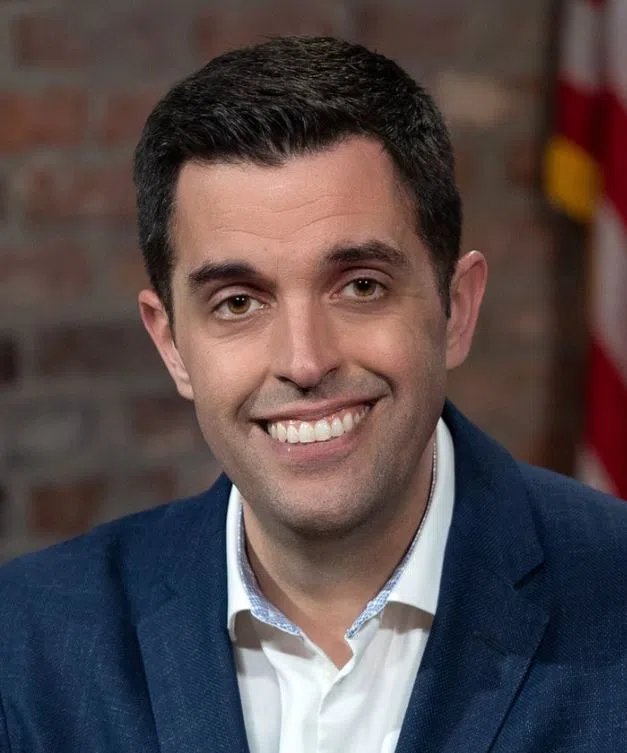(The Center Square) – Hundreds of Service Employees International Union members are striking from nearly a dozen Illinois nursing homes, demanding more pay during the pandemic, which one healthcare policy expert said was the worst time for such a move.
SEIU member and nursing home employee Janice Hill said they need more money.
“We are on strike for our lives today and to protect our residents and fight for the quality care they are entitled to,” Hill said Monday morning in Chicago.
Infinity Management, which manages the eleven facilities impacted by the strike, couldn’t immediately be reached for comment. Union members said Monday morning Infinity knew of the strike in advance so officials could get the necessary staff to care for residents.
Goldwater Institute Director of Healthcare Policy Namoi Lopez said healthcare workers must be taken care of, but a strike during a pandemic is the worst timing.
“I would hope that the governor’s office would immediately take a look and see what repercussions there would be if these workers actually do go on strike during a public health emergency,” Lopez told WMAY.
Messages seeking comment from the Pritzker administration, which is responsible for nursing home oversight, weren’t immediately returned.
More than half of the COVID-19 related deaths in Illinois have been from places of congregate settings and long-term care facilities like nursing homes.
The Illinois Department of Public Health is closely tracking and reporting long-term care facilities, outbreaks and total deaths. The department is also tracking the utilization of the state’s hospitals.
On Friday, after being asked about a fluctuation in the available hospital beds, Gov. J.B. Pritzker said they’re looking for the number of beds that are ready to be staffed, not aspirations bed numbers
“So, there’s a subjectivity to it for the hospital when they’re judging how many of these beds can we actually staff properly,” Pritzker said.
Pritzker has used the hospital capacity to drive unilateral policies to reduce the spread of COVID-19. The number of overall beds the IDPH tracks dropped more than 2,300 from Nov. 18 to Nov. 21, increasing the percentage of beds occupied by a COVID-19 patient.
Lopez said updating the metric was a good decision because it is a more realistic measure of hospital bed capacity.
“The new metric is the correct metric. You cannot just flip a pediatric bed, for example, into an adult COVID-bed,” Lopez said. “It really does make sense, but one really has to wonder why they were using a metric that really wasn’t applicable in the first place.”
She also said it is easy to ramp up the number of beds when needed, but the real issue is workforce resources.



















